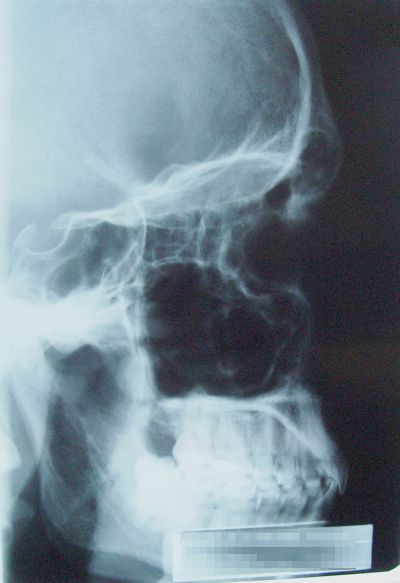OA is a degenerative joint disease characterised by loss of articular cartilage and bone remodelling. OP is a progressive bone disease where patients present with low bone density and therefore are at high risk of bone fractures.
For the first time ever, researchers investigated the effect of major lipid and lipoprotein transport system components in the pathogenesis of OA and OP. Under the aegis of the
APOEOSTEOARTHRITIS project, researchers used mice models to study the role of apolipoprotein E (apoE), apoA-I and lecithin─cholesterol acyltransferase (LCAT).
Mice were exposed to a western-type diet (WTD) that is high in fat. Results clearly showed no effect of apoE on OA development. However, apoE-deficient mice did have reduced bone mass after being on a long-term WTD. Assessment of bone marrow also revealed lower osteoblastic function and collagen cross-links as well as higher osteoclastic activity. This suggests that lack of apoE increases predisposition to fractures and OP.
Researchers then studied the role of LCAT and high-density lipoprotein (HDL) apoA-I in OA using LCAT- and apoA-I–deficient mouse models. LCAT is an enzyme critical for fat regulation in our blood plasma. HDL apoA-I is the principal catalytic activator for LCAT.
Significantly, both LCAT- and apoA-I–deficient mice on a WTD developed OA due to their inability to produce mature HDL. These mice were also at high risk for developing cardiovascular disease. Interestingly, apoA-I–deficient mice, unlike LCAT-deficient mice, suffered from severe bone mass reduction as well as lower number of collagen cross-links. This suggests that apoA-I has a protective function and its deficiency increases predisposition to OP and fractures. Researchers also found that mice deficient in apoE, apoA-I and LCAT were prone to diet-induced non-alcoholic fatty liver disease.
Project activities have provided invaluable insight into OA and OP pathogenesis. Novel therapeutic interventions such as gene therapy for apoA-I deficiency and other lipid-based therapeutic interventions to treat certain liver conditions can now be considered. Similar studies could also be used to unravel the pathogenesis of bone cancers.

